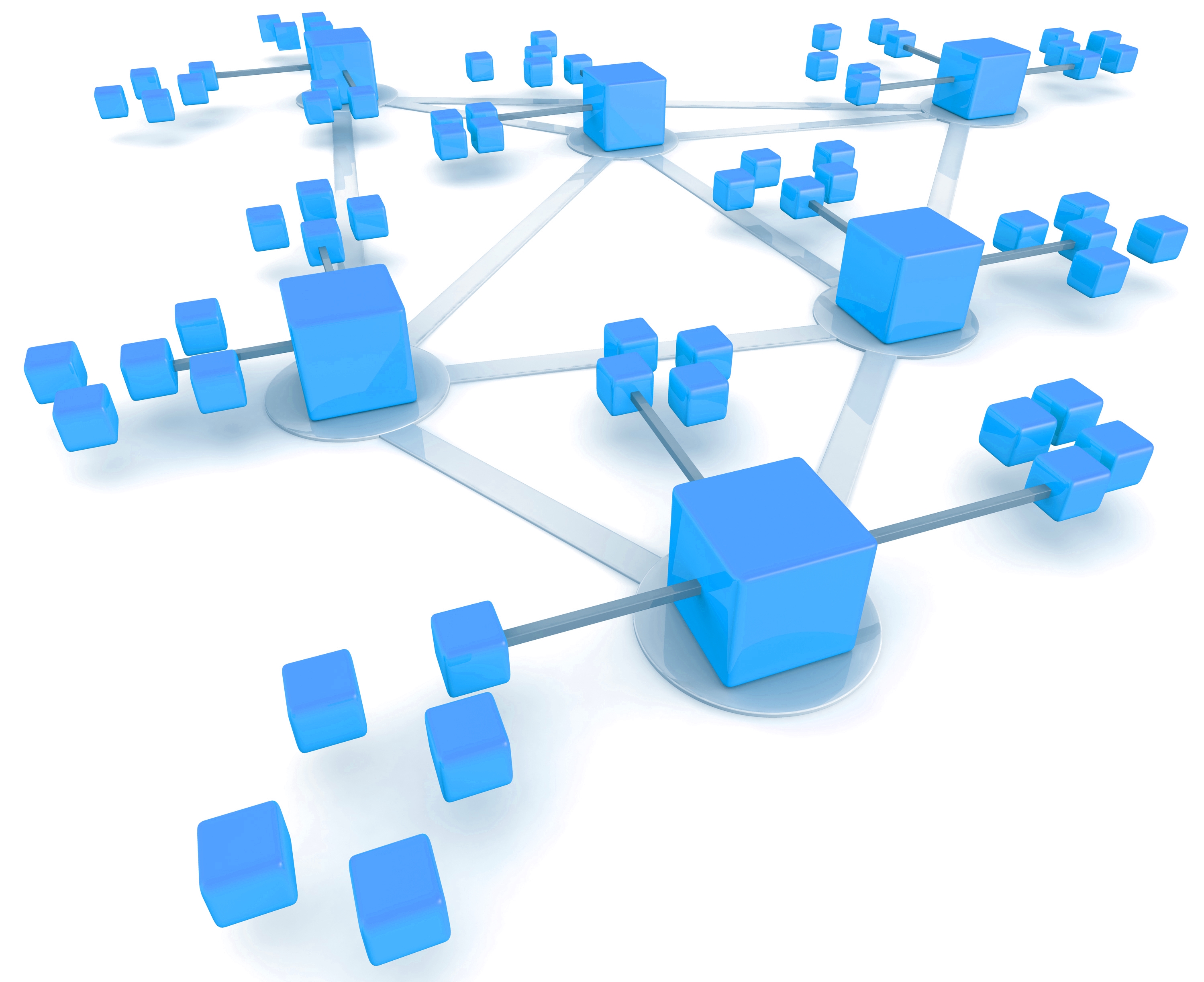Type and object definition

Tools and a framework to build and manage application-specific data models including types, objects, names, and spatial properties
Summary
In SmartSpace, object types are used to model real-world entities. An object type has properties (sometimes also called attributes), which reflect the entity's structure. Properties are defined using built-in types or other object types. Creating a collection of types and assigning them properties that are relevant to an application is called data modeling.
The first level of data modeling in SmartSpace is type and object definition. This feature allows application developers to define new types (such as product, process, trolley, forklift) and give them two fundamental properties: a name and optional spatial properties (or spaces).
When building a new application, the name property is used to give every object instance of a type a unique identifier, while spaces are used in spatial relations between object types (see Spatial relationship definition). Where an object type is involved in more than one spatial relationship, it is possible to give the type multiple different spaces to match each desired spatial relationship.
With the licensing of Business object properties, user-defined types can be created with additional properties. These can be any of the basic numeric or string types as well as user-defined types already created within the data model. Additionally more complex relationships between properties can be defined.
The SmartSpace configuration client includes a types and objects creation GUI.